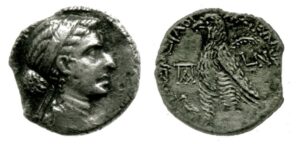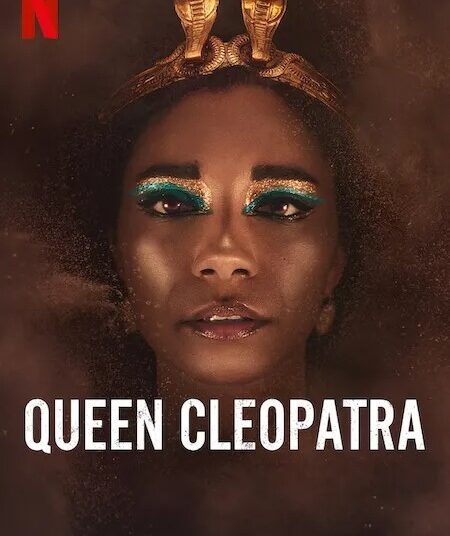Adele James, 27, is black and of mixed ancestry and plays Queen Cleopatra VII in the four-part Netflix docuseries African Queens, which will be aired on May 10.
Jada Pinkett Smith, 51, the executive producer of the series, is of Jamaican and Barbadian descent on her mother’s side and African-American on her father’s side.
“Queen Cleopatra’s features on statues or coin portraits depict the queen as Caucasian, not Negroid as in the series.” Such was the reaction by Supreme Council of Antiquities Secretary General Mostafa Waziry.
Queen Cleopatra VII was born in Egypt in year 69 BC as a descendant of a line of Macedonian-Greek kings in a dynasty that went back 250 years. She was the last queen of the Ptolemaic dynasty that ruled Egypt after the death of Alexander the Great. Cleopatra VII, daughter of King Ptolemy XII, succeeded him on the throne of Egypt in 51 BC, when she shared rule with her younger brother Ptolemy XIII.
The SCA chief told The Egyptian Gazette that Cleopatra was of the Ptolemaic family, which began with King Ptolemy I, of Greek origin.
“The makers of the series should have consulted the experts and taken note of statues and coin portraits,” he said.
“In the British Museum in London is a silver coin that was found in Ashkelon, Palestine, bearing the queen’s portrait with a thin nose and delicate lips, not the flattened Negroid nose and thick lips,” Waziry said, adding that a similar depiction is on another coin that was found in Alexandria.
Waziry listed another piece of evidence in a glass seal, currently on display at the British Museum showing a Caucasoid Cleopatra, as does a marble bust at the Berlin Museum and the German postage stamp issued on 22 January 1984.
“This series is merely a falsification of historical fact. No one has the right to misrepresent ancient Egyptian civilisation,” he added.
Waziry also refuted Afrocentric claims that the ancient Egyptians were black Africans.
“All the inscriptions and statues portray the Egyptians with features that are closest to contemporary Egyptians in terms of eye-colour, skin pigment, the degree of thickness of hair shown in statuary since the Old Kingdom,” he said.
In the twenty-first dynasty, he said, the skin of the mummy was painted in the colour as it appeared in the first life of the deceased. A man’s skin was painted in brick colour and a woman’s light yellow.
“This confirms that paintings and friezes show the truth of what the ancient Egyptians recorded about themselves,” Waziry said.









Discussion about this post